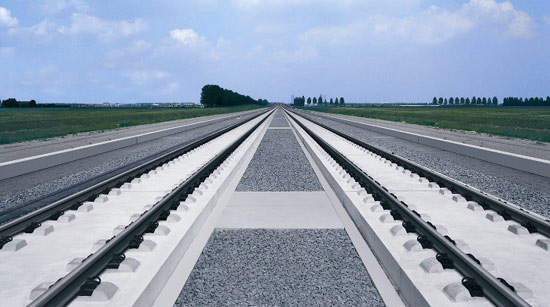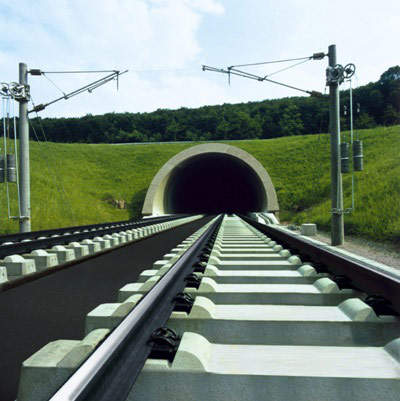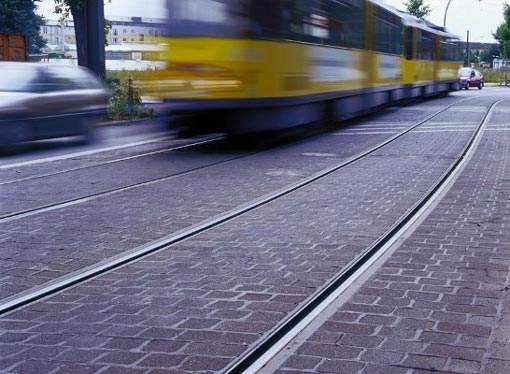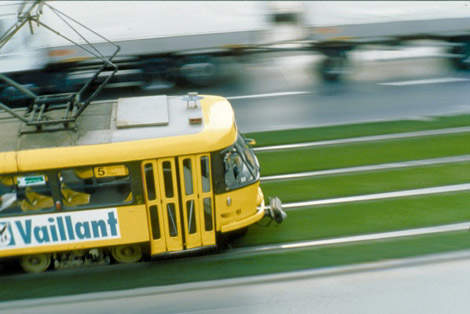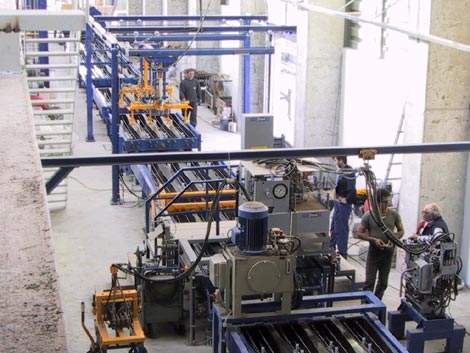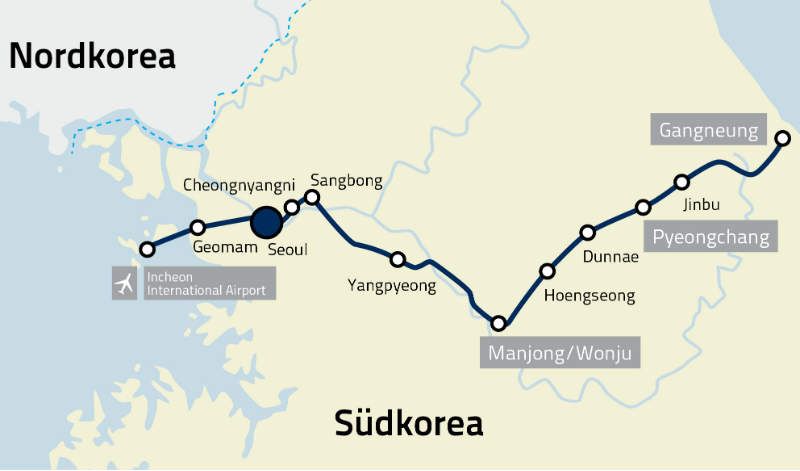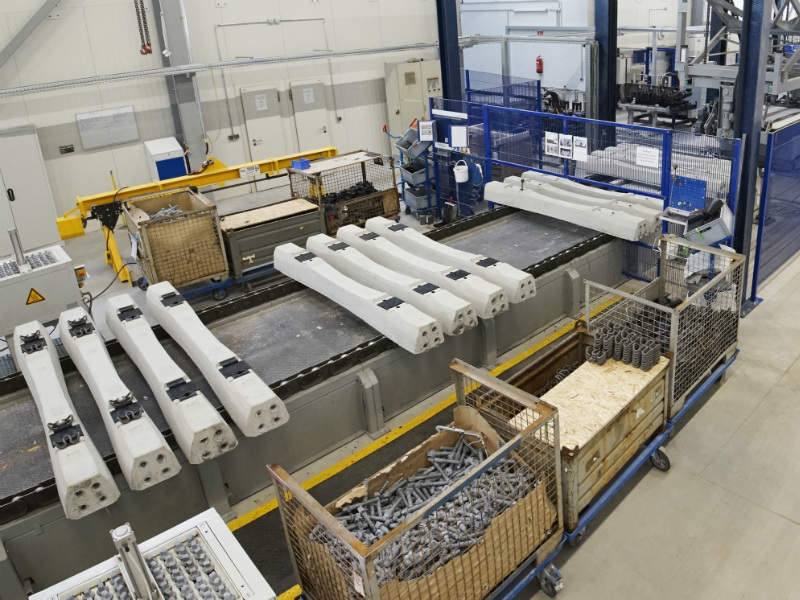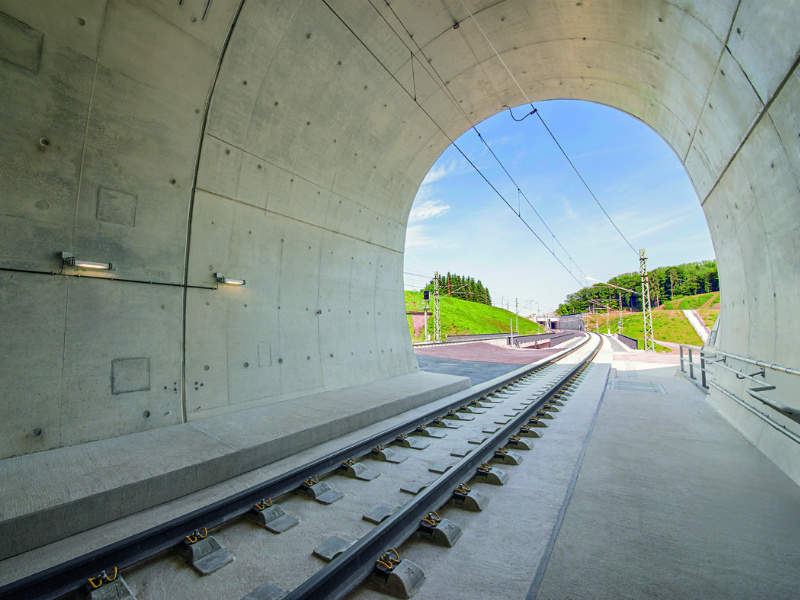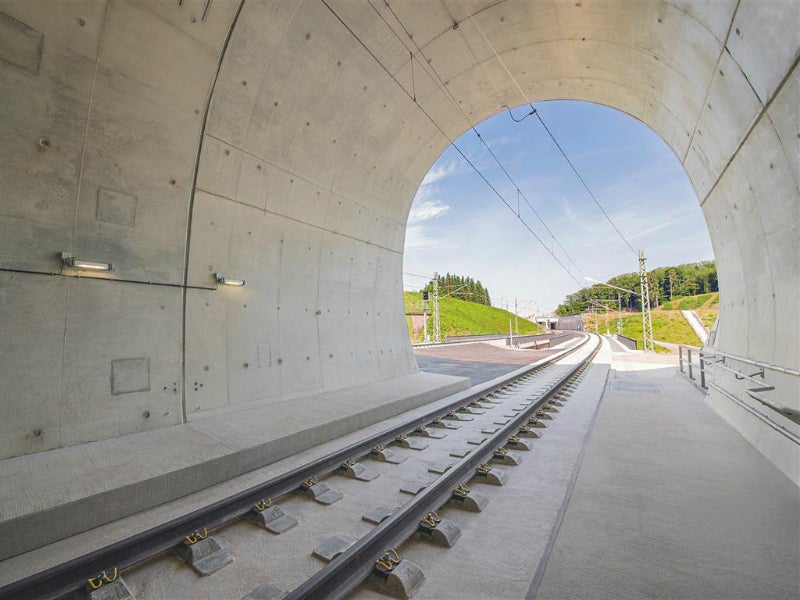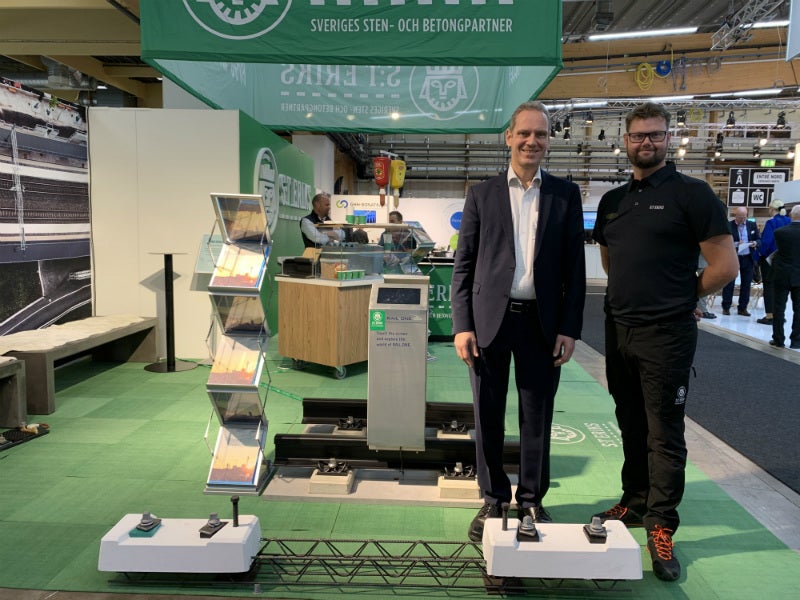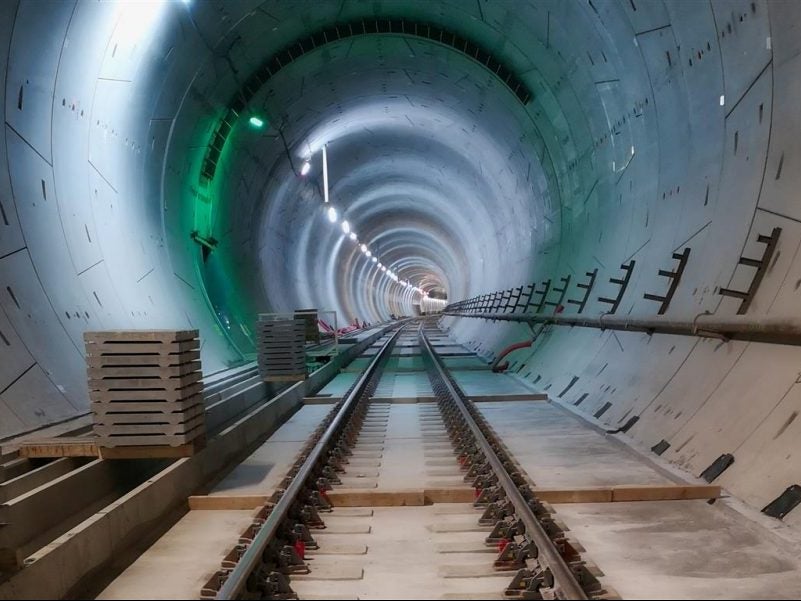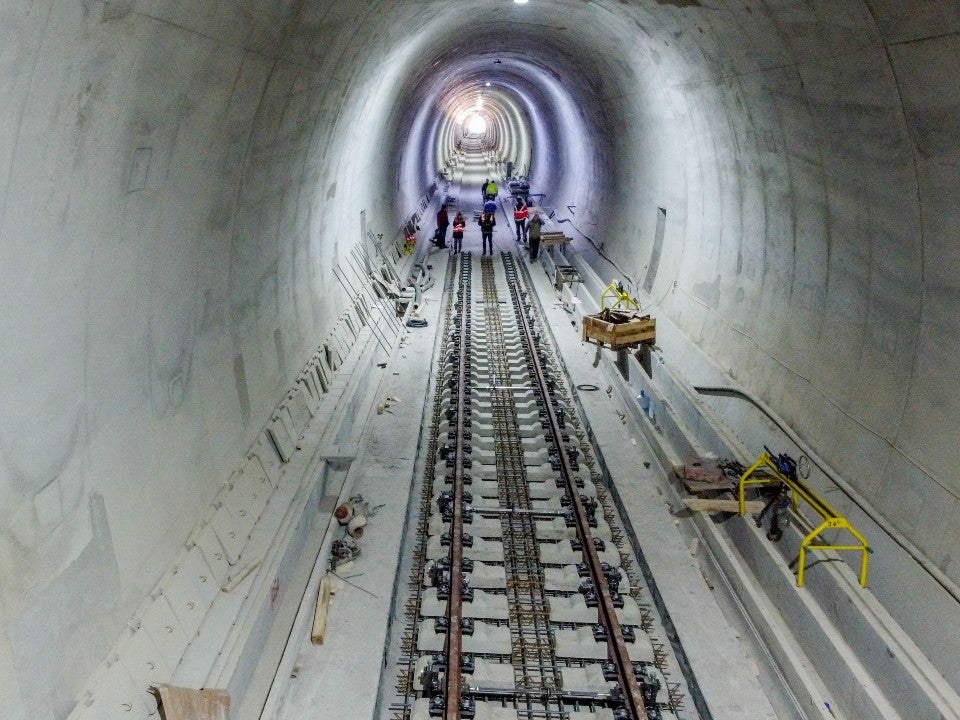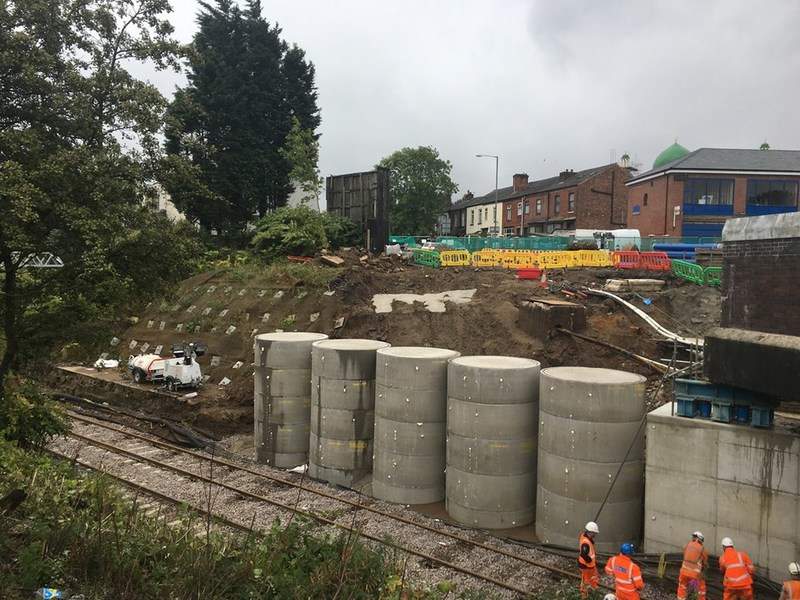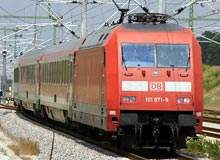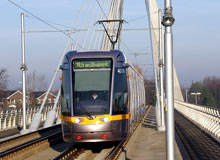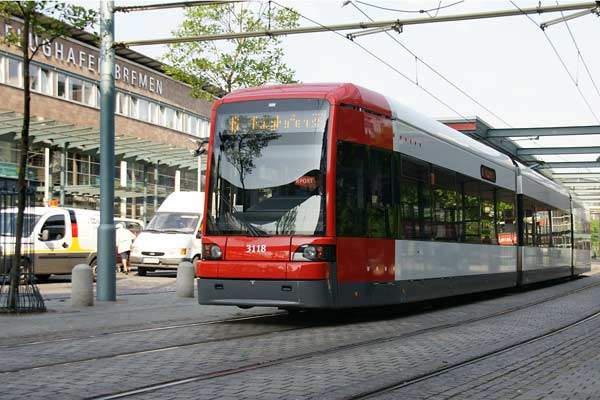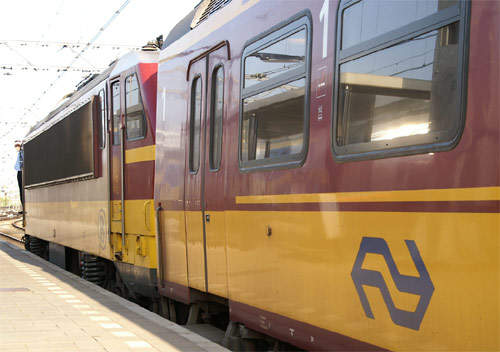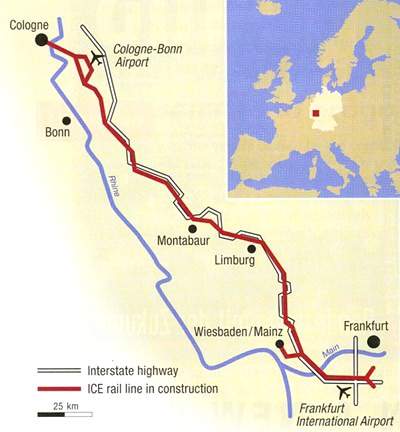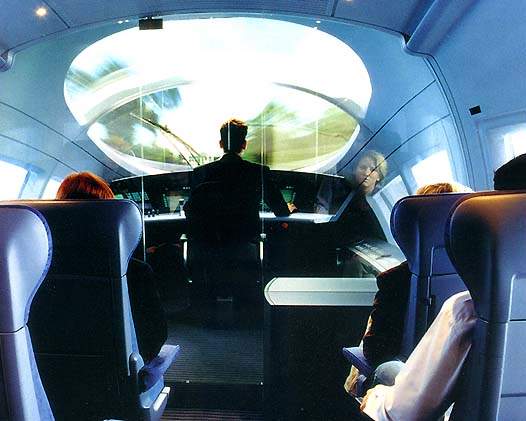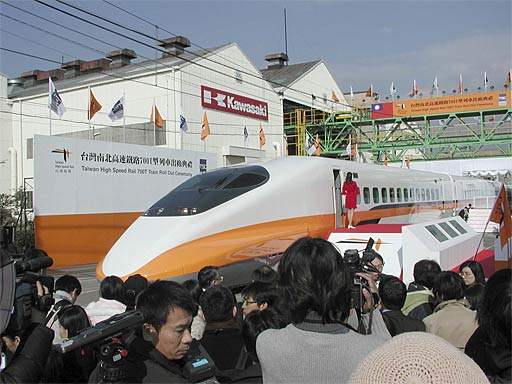RAIL.ONE is a leading supplier of innovative track systems for passenger, freight, and heavy-haul transport: from sleepers for ballasted tracks all the way to the special RHEDA 2000® ballastless-track solution. The systems require little maintenance for decades. They offer stable track positioning and excellent ride comfort – also at high train speed and under extreme loading.
Standard and specialised railway sleepers
RAIL.ONE track systems provides standard and specialised concrete sleepers, including wide sleepers, elastically-footed sleepers, turnout sleepers and ballastless track systems such as the top railway products RHEDA 2000® and GETRAC®.
For urban traffic, the product spectrum includes, in addition to concrete sleepers, non-ballasted track systems such as RHEDA RX, RHEDA CITY and the ‘green tracks’ RHEDA CITY GREEN and ATD-G.
With locations in Germany, Hungary, South Korea, the Netherlands, China, Romania, Spain, Turkey and Saudi Arabia, RAIL.ONE produces more than 4 million main-track sleepers annually, in addition to more than 580,000m of turnout sleepers.
RHEDA 2000® ballestless track system
The monolithic, ballastless RHEDA 2000 system is used for mainline tracks, especially on high-speed routes. Chief characteristics of the supporting concrete slab include its lack of a trough, and its use of a modified bi-block sleeper with a lattice truss.
The development of special turnout sleepers for the RHEDA 2000 system means that track and turnout are totally compatible: the uniform structural height and the reduced weight enable significant time and cost benefits in project engineering and installation.
As a result of the monolithic structure of the track-supporting layer and the low overall structural height, this system is suited for applications for earthwork systems, tunnels and bridges – including those designed for trains that run at speeds over 300km/h.
GETRAC® system for concrete sleepers
The chief characteristic of GETRAC® track systems is of asphalt supporting layers on which concrete sleepers directly rest. The sleepers are elastically connected to the asphalt layer by special concrete anchor blocks, which transfer the horizontal forces from the track panel to the asphalt.
A major advantage is the fast and simple installation technique with conventional track-laying technology and with high daily track-laying output.
The GETRAC® A3 system is the newest and highest-performance product in the GETRAC® line. The wide sleepers, an intrinsic part of this system, reduce track installation height, which makes it especially effective for tunnel installations but also for embankments.
The German Federal Bureau of Railways (EBA) has granted its approval, without speed restriction, to various track designs. This approval means that GETRAC® models are cleared for high-speed rail traffic.
Invisible rail sleeper system for urban traffic
The RHEDA CITY system is characterised by simple structural technology; modified bi-block sleepers with lattice trusses facilitate installation and guarantee precise track gauge at the same time. It is hardly visible, requires almost no maintenance, offers perfect ride comfort, supports heavy loads and ensures great safety.
RHEDA CITY, which is also available as a ‘green track’, provides additional advantages through the monolithic structure of its track-supporting layer and its low installed structural height.
Rail track system for underground systems
RHEDA RX was developed especially for use in metro lines with speeds up to 100 km/h and axle loads up to 18 tons. The system was designed as a mass-spring system and consists of a concert supporting slab with integrated bi-block sleepers that rest over their entire surfaces on RockXolid® stone-wool mats. RHEDA RX, developed on the basis of the proven RHEDA ballastless track system, is characterized as trackform by an in-situ-concrete slab with integrated bi-block sleepers. Since initial RHEDA employment in 1972 at the German station Rheda, which gave the track form its name, RAIL.ONE has systematically further developed this solution and has adapted it to changing requirements.
Green track for urban rail traffic
The ATD-G ballastless track system has been designed for applications for trams and surface commuter railways in downtown areas. The ATD-G is primarily characterised by bi-block concrete sleepers directly supported by an asphalt layer. A lateral-force base support effectively secures the track span.
The system can be covered by turf or sedum plants, in various heights. Owing to its appealing optical impression and its favourable environmental characteristics, the RAIL.ONE ‘green track’ is an outstanding choice for mass rapid transit.
Sleepers for freight and heavy-haul traffic
With high energy prices and increased demand for raw materials, freight and extreme-load railway traffic has assumed a key function in intermodal competition. For these exceptional demands placed on track technology, RAIL.ONE has developed special concrete sleepers that are designed for static axle loads up to 40t.
Efficient planning – with a maximum of cost assurance
Requirements placed on the cost-effectiveness of advanced track systems have become more demanding: engineering innovations are expected to assure the quality and the productivity of the overall system. Low maintenance expense and reduction of lifecycle costs will become increasingly important.
For planning of all solutions for rail lines – whether at grade, over bridges, or in tunnels – RAIL.ONE engineers effectively adapt the entire track design to local requirements: from the design development phase up to detailed planning.
Plant construction
RAIL.ONE exports its experience, logistics and technology. Standardised models for sleeper plants can be quickly and simply built at any location that offers the required infrastructure. Such plants enable production of up to 600,000 concrete sleepers annually, in manual, semi-automatic or fully automatic modes of production and in accordance with the customer’s requirements.


